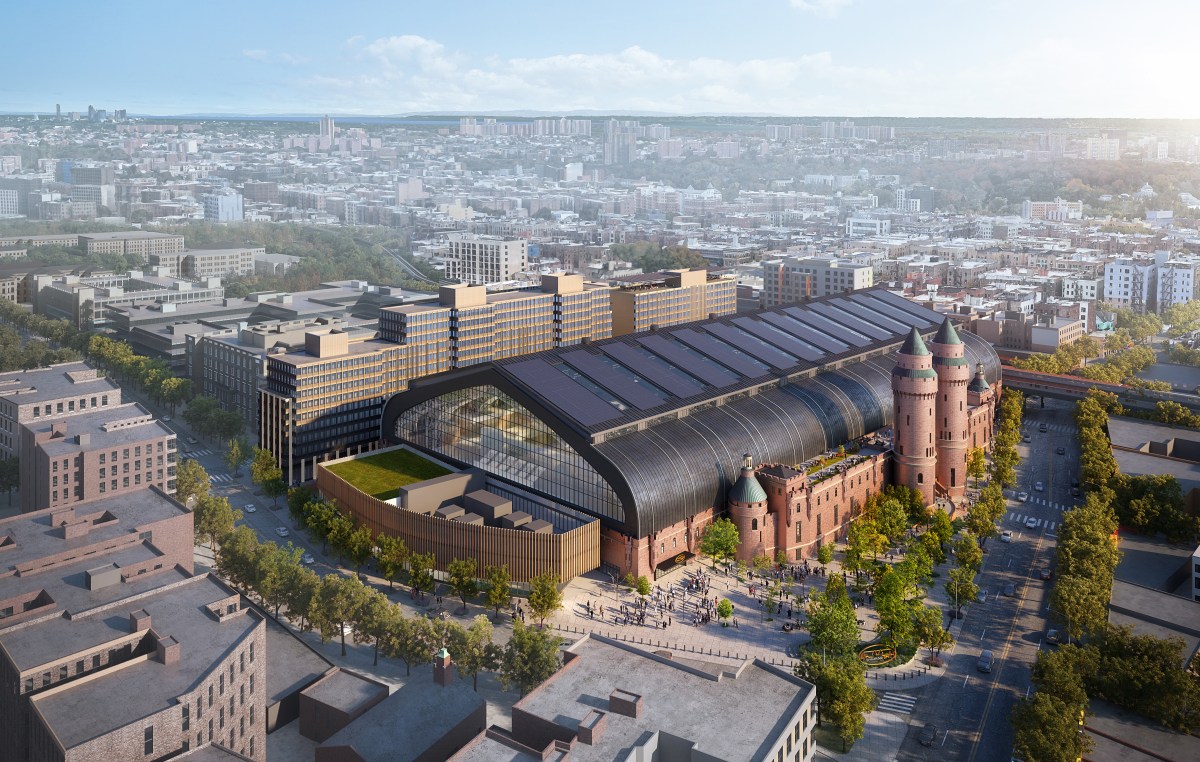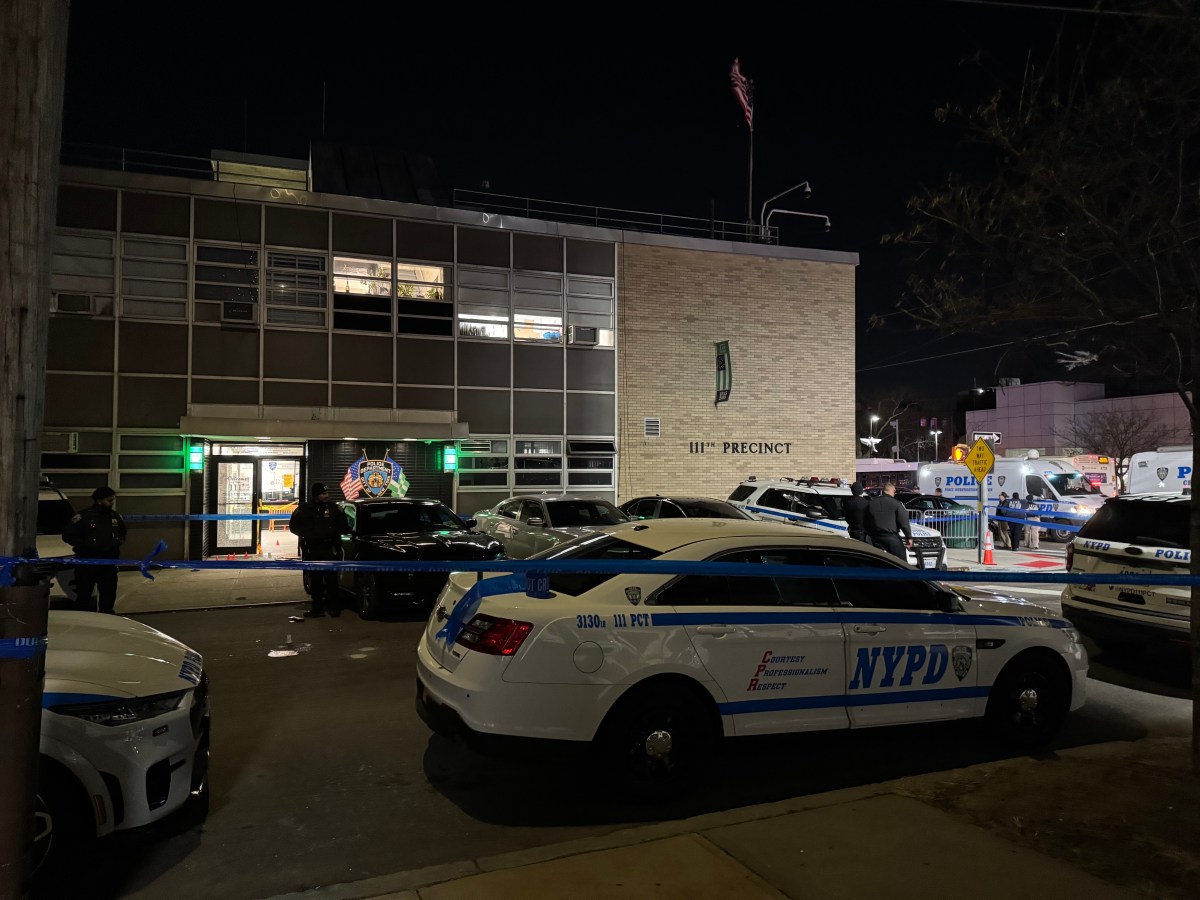-
 Find it:
Find it:
Central Harlem stretches from 110th Street to 155th Street. To the west it is bound by St. Nicholas Avenue above West 123rd Street and Morningside Drive below it, and to the east it is bordered by the Harlem River above West 135th Street and Park Avenue below it.
Trains
B, C to Cathedral Park Way 110th Street, 116th Street and 135th Street
B, C, D to 155th Street
A, B, C, D to 125th Street and 145th Street
2, 3 to Central Park North 110th Street, 116th Street, 125th Street and 135th Street
3 to 145th Street and Harlem 148th Street
Buses
M1, M2, M3, M4, M7, M10, M15, M33, M60, M98, M100, M101, M102, M116
Crime
Central Harlem is policed by the 28th Precinct, at 2271-89 Eighth Ave., and the 32nd Precinct, at 250 W. 135th St. The 28th Precinct reported two robberies and four burglaries in its CompStat report for the week of Feb. 22-28. The 32nd Precinct reported one rape, four robberies and three burglaries that week.
Celebrities
Central Harlem has had numerous notable residents including Duke Ellington, Lena Horne, Marcus Garvey, W.E.B DuBois, Langston Hughes, Zora Neale Hurston, and Maya Angelou.
Movies and TV
The 2007 film “American Gangster” and the 2009 Academy Award winner “Precious” had filming locations in Central Harlem.
” data-id=”111556620″ data-link=”https://amnewyork.wpengine.com/wp-content/uploads/2019/10/20980_image.jpg” class=”wp-image-1.11556620″/>
Photo Credit: Anthony Lanzilote -
 Atmos
Atmos
203 W. 125th St.
This Japanese clothing store is a haven for sneaker-heads, offering the newest styles.
Harlem Haberdashery
245 Lenox Ave.
For those who like to look dapper, find everything you need here to complete that polished urban look.
Malcolm Shabazz Harlem Market
52 W. 116th St.
Find traditional African handiworks, including textiles and carvings.
212-987-8131
” data-id=”111556621″ data-link=”https://amnewyork.wpengine.com/wp-content/uploads/2019/10/23614_image.jpg” class=”wp-image-1.11556621″/>
Photo Credit: Anthony Lanzilote -
 67 Orange Street
67 Orange Street2082 Frederick Douglass Blvd.
This popular speakeasy is a throwback to the days of the Prohibition, when Harlem was the place New Yorkers flocked to for live music and “adult drinks.”
Mess Hall
2194 Frederick Douglass Blvd.
A cozy spot with craft beer and a large selection of bourbon for reasonable prices.
Shrine
2271 Adam Clayton Powell Jr. Blvd.
The sign outside — “Black United Fun Plaza” — says it all. This venue offers cocktails and live music seven nights a week.
” data-id=”111556622″ data-link=”https://amnewyork.wpengine.com/wp-content/uploads/2019/10/25747_image.jpg” class=”wp-image-1.11556622″/>
Photo Credit: Anthony Lanzilote -
 The Apollo Theater
The Apollo Theater
253 W. 125th St.
All the greats, from Duke Ellington to James Brown, have performed onstage at this iconic Harlem theater. First opened in 1914, it is still going strong with shows seven nights a week.
The Studio Museum
144 W. 125th St.
Showcasing artists of African descent, including some of the most significant names from the Harlem Renaissance and beyond.
Jazz at Bill’s Place
148 W. 133rd St.
Take in a night of jazz from some of the best musicians in New York City at this historic hole-in-the-wall club.
” data-id=”111556625″ data-link=”https://amnewyork.wpengine.com/wp-content/uploads/2019/10/20843_image.jpg” class=”wp-image-1.11556625″/>
Photo Credit: Anthony Lanzilote
Residents in Central Harlem are working together to protect the neighborhood’s soul through its changing times.
The sense of community in the area is visible: Residents stop along the double-wide avenues to converse with neighbors and hang out together on their stoops.
Locals have a fondness for the nabe’s mom-and-pop shops and delicious restaurants that fill their bellies, according to Connie Lee, president of Marcus Garvey Park Alliance.
“Harlem is famous for its art and culture,” she said.
Nothing is more emblematic of Central Harlem’s artistic side than the iconic Apollo Theater on West 125th Street, which first opened in 1914.
Its churches, such as the Abyssinian Baptist Church on West 138th Street and the Mother African Methodist Episcopal Zion Church on West 137th Street, constructed in the 1920s, contribute to the area’s historical value.
Parents like to bring their children to the Schomburg Center for Research in Black Culture on Malcolm X Boulevard for a lesson in black history — “not just in sports and music but in engineering and science and stuff like that,” said Lermond Mayes, chief of staff for local Councilwoman Inez Dickens.
And at night, Harlem changes into another character, according to 25-year-old personal trainer and Harlem native Roger Hatchet: It becomes a place where young people and celebrities alike show off flashy cars and trendy clothes.
“It’s a good place to come through; it’s exciting to be seen,” Hatchet said of 125th Street after dark. “Sometimes it’s like a stage out here.”
But if you want to move into this cultural neighborhood, look soon, as real estate prices are rising.
Waves of gentrification in Harlem since the 1990s have broken the hearts of longtime residents, like 60-year-old native Stella Davis. She described the expensive restaurants and new condos — like those going up in Frederick Douglass Circle, at 110th Street next to Central Park — as an unwanted change to the area’s distinct character.
“It ain’t Harlem. It’s Manhattan now,” Davis lamented.
Rental rates in Central, West and East Harlem combined rose an average of 90% between 2002 and 2015, according to Community Service Society, a nonprofit dedicated to fighting poverty in New York City, which compiled census data for a real estate report released last year.
Real estate listings site StreetEasy predicts rates in Central Harlem will continue to increase in 2016 by an additional 10.6% — four times faster than the rest of the borough.
According to StreetEasy, the median sales price in the area rose 20.1% from $540,000 in 2014 to $648,294 in 2015, according to StreetEasy. The median rental price went up 8.3% from $2,100 to $2,275.
In the face of these changes however, Davis is hopeful that long-time residents can rely on their close-knit community to keep their culture alive.
“It’s a strong block,” Davis said. “We’re always trying to find something to do to keep the block together.” (WITH HEATHER SENISON)




































